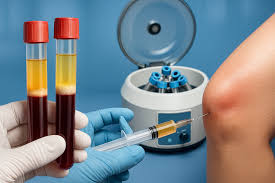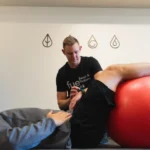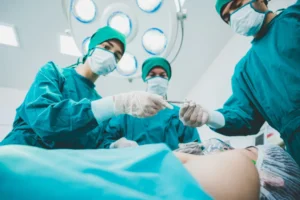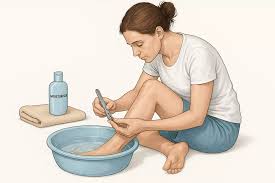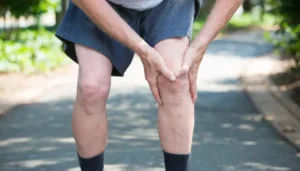Regenerative medicine is revolutionizing the treatment of chronic pain by harnessing the body’s natural ability to heal itself. Among its most promising approaches are platelet-rich plasma (PRP) injections. PRP injections use concentrated platelets from a patient’s own blood to support tissue repair and reduce inflammation. By exploring how PRP works, patients and healthcare providers can better understand its potential to deliver lasting pain relief and enhance well-being.
PRP Therapy in Regenerative Medicine
Platelet-rich plasma therapy is a form of regenerative medicine that uses a concentration of a patient’s own platelets. The concentration is used to accelerate the healing of injured tendons, ligaments, muscles, and joints. Platelets are a fundamental component of your blood, known for their role in clotting. They also contain growth factors, which are proteins that stimulate cell repair and regeneration.
To create PRP, a small sample of your blood is drawn and placed in a centrifuge. This machine spins the blood at a high speed, separating the platelets and plasma from other blood cells. The resulting concentration of platelet-rich plasma is then prepared for injection into the affected tissue.
Conditions Treated With PRP Injections
PRP injections are used to treat a variety of musculoskeletal conditions, particularly those that have not responded to other forms of treatment. This therapy is frequently used for acute injuries and chronic pain. PRP therapy effectively treats several conditions that were once managed with invasive procedures. Common conditions treated with PRP include:
- Tendonitis of the Achilles tendon
- Serious ligament and muscle injuries
- Post-surgery healing
- Knee, hip, and shoulder arthritis
- Back and neck pain
- Plantar fasciitis
PRP therapy continues to gain recognition as a safe and minimally invasive treatment option for a wide range of musculoskeletal and degenerative conditions. By leveraging the body’s natural healing processes, PRP injections offer a targeted approach to managing pain, promoting recovery, and enhancing overall function.
Benefits of PRP
PRP therapy offers several benefits for individuals seeking relief from chronic pain and musculoskeletal conditions. These benefits include:
- Natural Healing Process: Utilizes the body’s own platelets to stimulate tissue repair and regeneration.
- Minimally Invasive: Provides a non-surgical alternative to traditional treatment methods.
- Reduced Dependency on Medications: May decrease the reliance on pain-relief medications, including opioids.
- Improved Functionality: Helps restore mobility and joint function, enhancing overall well-being.
- Accelerated Recovery: Promotes faster healing following injuries or strain.
By addressing the root causes of pain and dysfunction, regenerative medicine helps individuals achieve more sustainable and effective results, supporting long-term health and wellness.
PRP Treatment Expectations
PRP treatment is a straightforward outpatient procedure that begins with a blood draw from the patient. The blood is then placed into a centrifuge to separate the platelet-rich plasma from other components. This concentrated plasma, which contains growth factors, is carefully injected into the targeted area under ultrasound guidance to aid precision. The procedure is minimally invasive, and most patients can resume normal activities shortly after the treatment.
After the injection, patients may experience mild soreness or swelling at the injection site, which typically resolves within a few days. Over the following weeks, the growth factors in the PRP work to stimulate tissue repair and regeneration, gradually reducing pain and improving functionality. Full benefits of the treatment may take several weeks to become evident, as the body requires time to heal and rebuild damaged tissue effectively.
Explore Regenerative Medicine Treatments Today
PRP injections represent a significant advancement in regenerative medicine, offering a natural and effective option for chronic pain relief. By leveraging the body’s own healing mechanisms, this regenerative therapy can help repair damaged tissues. It also works to reduce inflammation and improve overall function. For chronic pain and related concerns, contact a trusted specialist near you to learn more about your options and determine if this treatment is right for you.


